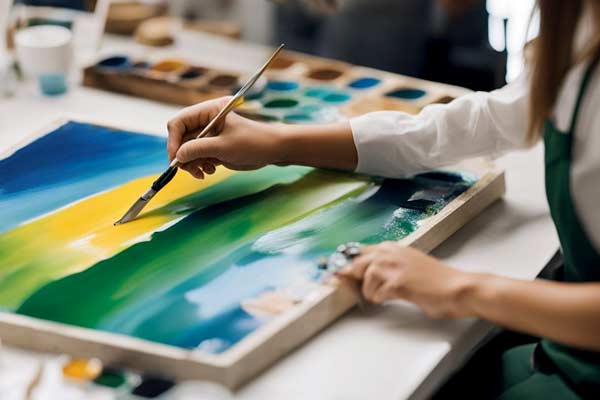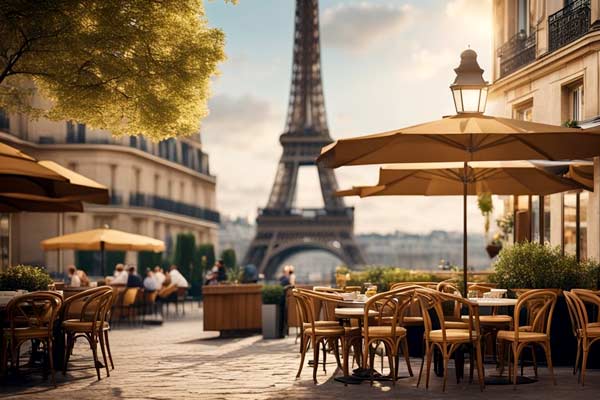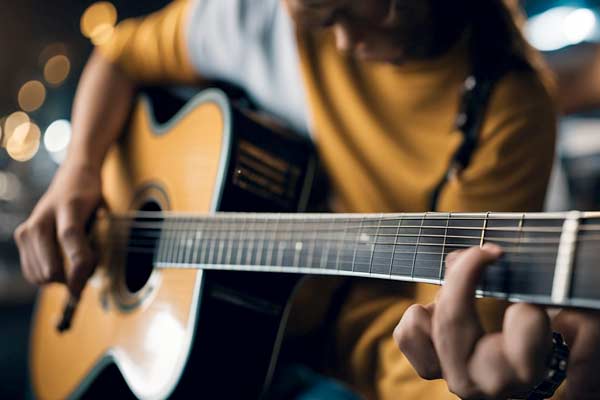Is Art GCSE Hard? A Clear and Neutral Answer
GCSE Art is a popular subject in the UK, but many students wonder if it is hard. The question of whether art GCSE is hard or not is a common one, and the answer is not straightforward. Some students find it challenging, while others enjoy it and find it easy.
One of the reasons why some students find art GCSE hard is because it requires a lot of hard work. Although there are no written exams, students must complete a lot of coursework over two years, which can be time-consuming.
Additionally, art GCSE requires a lot of creativity, which can be difficult for some students who need help to develop ideas or express themselves through art.
Despite the challenges, some students find art GCSE easy and enjoyable. Students with a natural talent for art or who enjoy being creative may find the coursework and projects fun and rewarding.
Additionally, some students find that the lack of written exams makes art GCSE less stressful than other subjects. Whether art GCSE is hard depends on the student’s strengths and weaknesses.
Understanding GCSE Art
Overview of GCSE Art Course
GCSE Art is a popular subject for students who enjoy being creative and expressing themselves through various art forms.
The course is designed to develop students’ artistic skills and introduce them to different techniques and materials. GCSE Art courses typically cover multiple topics, including painting, drawing, sculpture, printmaking, ceramics, and digital art.
Exam Boards and Their Role
Two main UK exam boards offer GCSE Art courses: AQA and OCR. The exam board’s role is to set the curriculum and exam specifications and provide support and guidance to teachers and students. For example, the AQA Art GCSE course consists of coursework (60%) and exam projects (40%).
The coursework component involves creating a portfolio of work that demonstrates students’ skills and understanding of different art forms. The exam project component consists of completing a final artwork based on a theme or brief set by the exam board.
Assessment Objectives and Grades
GCSE Art is assessed using four assessment objectives (AOs): AO1 (Develop), AO2 (Refine), AO3 (Record), and AO4 (Present). Each AO is weighted equally and contributes to the final grade.
The grades awarded in GCSE Art range from 1 to 9, with nine being the highest. To achieve a grade 9, students must demonstrate exceptional skills and understanding across all four AOs.
🌟 Hey Students! 🚀 Ready for the ultimate experience? Join us on Studentsinside.com's Facebook, YouTube, WhatsApp, and LinkedIn. Click now for tips, fun, and success vibes! 🌈✨ #StudentLife #JoinUs
Role of Teachers in GCSE Art
Throughout the GCSE Art course, teachers play a vital role in supporting students. They offer valuable guidance and feedback on students’ artwork, fostering the development of their skills and understanding across various art forms.
Teachers also help students prepare for their coursework and exam projects, providing advice on time management, research, and presentation skills.
Additionally, teachers can help students explore potential careers in the arts and creative industries, providing information on further education and job opportunities.
Art Techniques and Materials
Exploring Different Mediums
Art GCSE involves exploring different mediums and techniques to create artwork. Students are encouraged to experiment with various materials, such as paint, watercolor, oil paint, biro, oil pastels, ballpoint pens, white gel pens, and more. Each medium has its unique properties and can be used to create different effects.
For example, watercolor is known for its transparency and can be used to create delicate and light effects, while oil paint is known for its thickness and can be used to create bold and heavy effects.
Importance of Drawing and Colour
Drawing is an essential skill in art GCSE, and students are encouraged to develop their drawing skills throughout the course. Drawing involves understanding the importance of line, shape, proportion, and tone.
Color is also a crucial aspect of art GCSE, and students are encouraged to experiment with different color combinations to create mood and atmosphere in their artwork.
Experimentation in Art
Exploring diverse techniques and materials is crucial in the realm of art GCSE. Students are urged to engage in experimentation, fostering a spirit of risk-taking and venturing into uncharted territory.
This adventurous approach often yields surprising and thrilling outcomes. Additionally, students are advised to introspect on their creative trials, assessing their artwork to enhance and cultivate their artistic abilities.
The Artistic Process
Creating artwork is a complex process that requires hard work, creativity, and personal response. The artistic process can be divided into three stages: research and inspiration, developing ideas and concepts, and creating the final piece.
Research and Inspiration
Researching and finding inspiration is an essential part of the artistic process. Artists often start by creating a research page, collecting images, sketches, and notes that inspire them. Researching artists and their backgrounds can also help artists develop their ideas and styles.
Developing Ideas and Concepts
Once artists find inspiration, they develop their ideas and concepts. This can involve creating artist studies, experimenting with different materials and techniques, and combining ideas to form a cohesive piece.
Developing ideas and concepts is crucial to the artistic process, allowing artists to refine their vision and create a strong foundation for their final piece.
Creating the Final Piece
After developing their ideas and concepts, artists create the final piece. This involves bringing together all the elements they have researched and developed, and using their skills and creativity to produce a finished artwork.
Artists must take their time during this stage, as rushing the finished piece can lead to an unfinished or rushed finished piece.
Challenges and Tips for Success
Understanding the Workload
GCSE Art can be challenging, with a workload requiring much time and effort. Students are typically expected to complete around 10 hours of work per week outside of class, which can be difficult to fit around other commitments.
To succeed in GCSE Art, students must be prepared to put in the time and effort required. This means planning their time carefully and being disciplined about sticking to their schedule.
Strategies for High Grades
To achieve high grades in GCSE Art, students must demonstrate various skills and techniques. This includes showing a good understanding of different materials and techniques and being able to work creatively and independently.
One strategy for achieving high grades is developing a strong personal style. This means experimenting with different techniques and materials until you find an authentic and unique style.
Studying the creations of fellow artists offers another effective approach. By immersing yourself in their work, you gain inspiration that can elevate your own artistic endeavors.
This practice fosters a profound comprehension of diverse styles and techniques, enabling you to seamlessly integrate them into your own creations.
The Role of Passion and Skill
Passion and skill are both critical for success in GCSE Art. Students who are passionate about art are more likely to put in the time and effort required to succeed and are more likely to produce creative and engaging work.
At the same time, students also need to have good technical skills to achieve high grades. This means being able to work with different materials and techniques and being able to produce technically proficient work.
Conclusion
In conclusion, whether or not an Art GCSE is hard is subjective and depends on various factors. The quality of work produced, the quantity of coursework completed, the variety of mediums used, and the effective use of space are all crucial factors that contribute to success in Art GCSE.
While some students may find the coursework and exams challenging, others may excel in the subject. Students need to have a passion for art and a willingness to put in the time and effort required to succeed.







